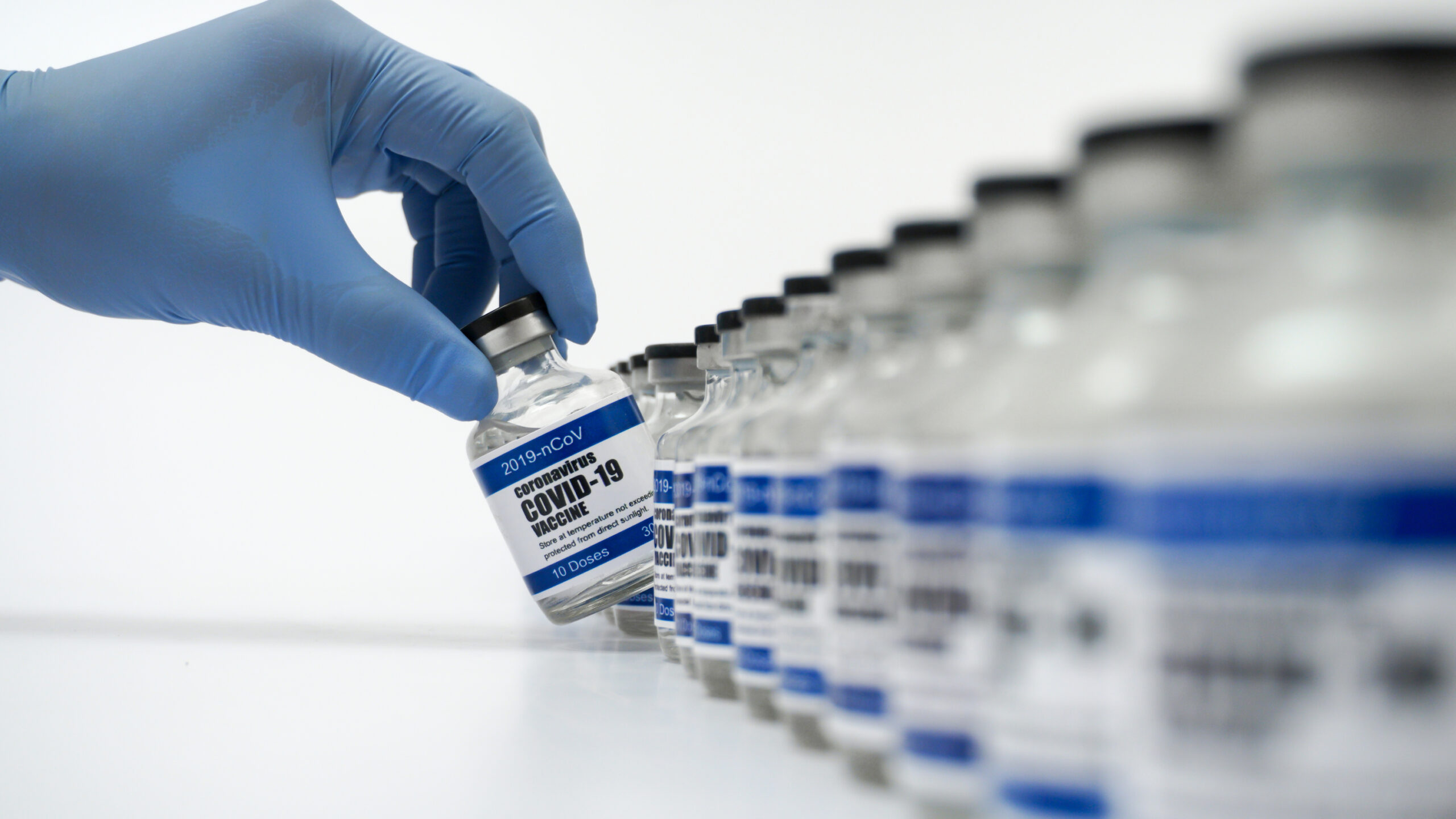The county’s public health experts have kept the threat level at orange in Dallas, signaling a “moderate risk” of COVID-19 community transmission. But new cases are trending up in other parts of the state and around the country. Progress on vaccination, the virus’ mutation, our behaviors, and new therapeutics will all play a role in what happens this fall in North Texas.
Hospitals in Minnesota are becoming overwhelmed again, Michigan is experiencing its largest surge yet, and even the heavily vaccinated New England is experiencing spikes. To Texas’ west, New Mexico is also seeing days with new case totals as high as at any other point during the pandemic. Bordering counties and other areas of the Texas panhandle are experiencing similar spikes. Most of those places have low vaccination rates, even compared to Texas’ relatively poor 54 percent (Europe is doing it better. France is more than 75 percent vaccinated, for instance).
Last week in the Atlantic, Sarah Zhang described three unknowns that will define the future of the virus. D CEO localized that framework and added one extra factor in a chat with UT Southwestern’s Dr. James Cutrell, the director of the infectious diseases fellowship program.
The Vaccine
First, the good news. Cutrell says he believes we have already seen the most significant wave of the virus. But he does advise that these factors will determine if there is a large or small surge this winter. The first is the vaccination rate. Boosters are now open to all adults and children between 5 and 11 can be vaccinated, which means there is plenty potential to limit spreading the virus. But as early vaccinations wane and rates remain low, there are still plenty of opportunities for the virus to lodge into the community. Dallas County’s vaccination rate is right at the statewide average of 54 percent, though 63 percent of the population has received at least one dose.
The latest estimates are that 14 percent of the population has already been infected with the virus, though that is tough to know for sure; there are likely undetected cases throughout North Texas. But his best guess is that 75 to 80 percent of the population has some immunity. With the more contagious delta variant, however, that level of immunity is not enough to completely stop the spread.
A recent study from the Texas Department of State Health Services found that unvaccinated individuals were 20 times more likely to die from COVID-19 and 13 times more likely to test positive than vaccinated individuals. “We have to continue to promote and encourage people with data like that,” Cutrell says. “Vaccines are still our best long-term tool to get out of the pandemic.”
The Virus
Another unknown is the behavior of the virus itself. The longer it can spread and replicate, the more likely that a variant will form. While Cutrell thinks it is unlikely to get a more contagious variant than delta, there could be a new version that is more resistant to current vaccines and therapy. Locally and nationally, nearly all new cases are delta, but that doesn’t mean a mutation couldn’t spell a whole new wave of the virus among those who are not vaccinated.
Our Behavior
The public’s behavior is another unknown. Most public officials have modified their education and policy strategies to help highlight the safest ways of living among the virus. Few are discouraging people from traveling or seeing their loved ones over the holidays, instead urging vigilance: vaccinations, mask wearing, distancing. But last year, despite advice to isolate, the winter holidays led to the highest spike that North Texas incurred during the pandemic.
Behaviors are driven by the perception of risk, which is why the pandemic has been so cyclical. When people feel safe, they return to normal activities, which has led to an increase in new cases. During the peak of the pandemic, that causes people to isolate, social distance, wear masks, or increase vaccination rates. All of those things reduce the spread.
Cutrell also noted that vaccination is not homogenous. Between politics, education, and access, certain pockets of the population are more vaccinated than others, creating disparity among the vulnerability of families, groups, or neighborhoods. In Dallas, there are ZIP codes where more than 80 percent of their residents are vaccinated while others are still in the low 20s.
This is the one factor we can actually control: get the shots. “It is both an unknown of how people will react but also the one that is probably the easiest to change,” Cutrell says.
The Therapies
The final unknown is developing therapies to treat the infection. While monoclonal antibody treatment has proven successful among severe cases, this requires an infusion center and equipment and is not very convenient. Merck and Pfizer in recent months have developed pills to treat the virus. The Merck version has shown a 50 percent reduction in hospitalization or death, while Pfizer’s has been 89 percent effective in preventing the same. The treatments don’t prevent infection, but they will keep people out of the hospital. Both options require treatment within three to five days of diagnosis and a positive test. We also still don’t have clarity on total costs, so some challenges remain for widespread use.
While all signs indicate that we have seen the worst of the pandemic, these factors are important to watch as the days get colder and we all head inside to breathe on each other.
“Most people are predicting that we likely have seen our worst wave, so we’re probably not going to get back to the peak of what we were seeing in terms of hospitalizations,” Cutrell says. “But it doesn’t necessarily mean that we’re not going to see a surge in cases and that the hospital systems and the health care system will be under stress again.”





